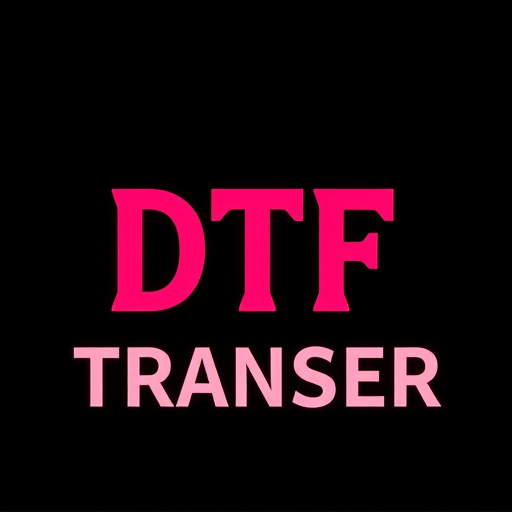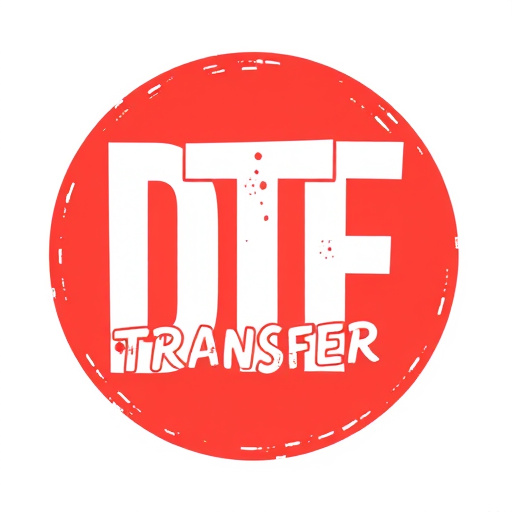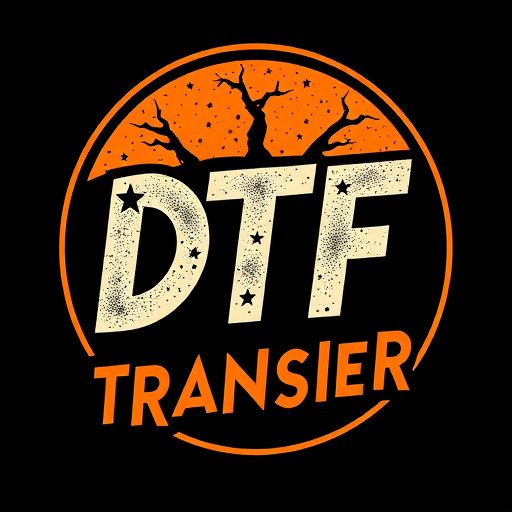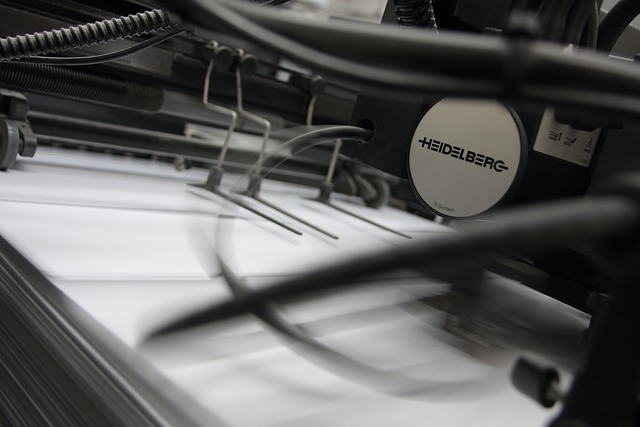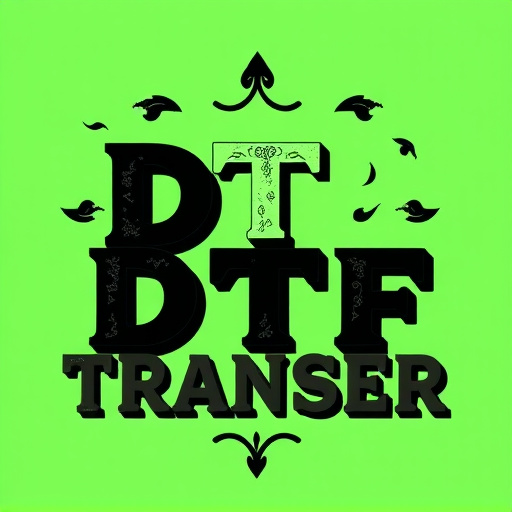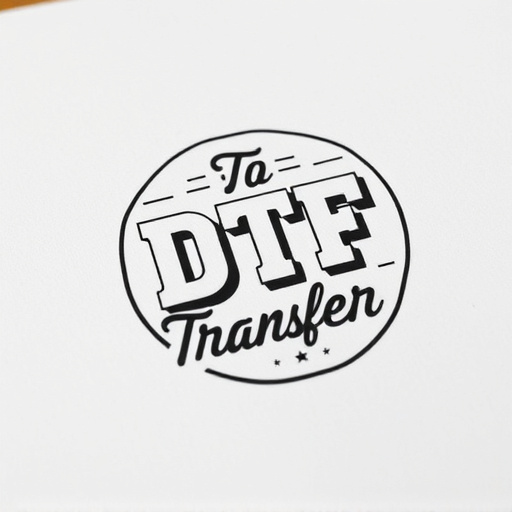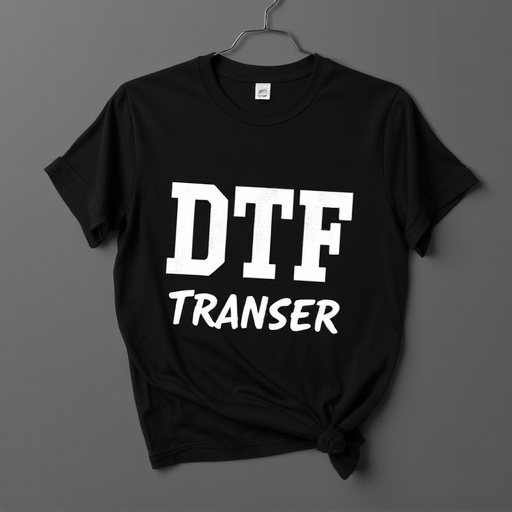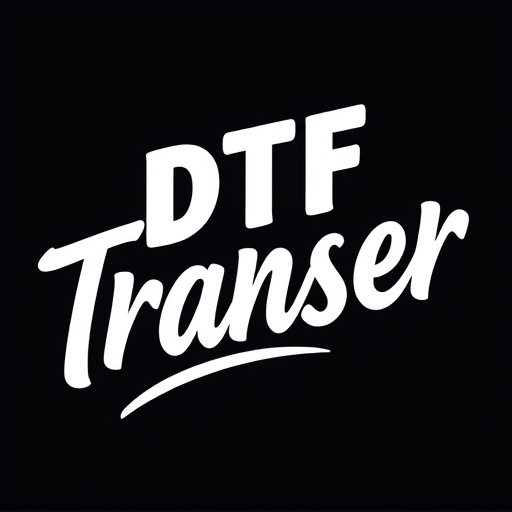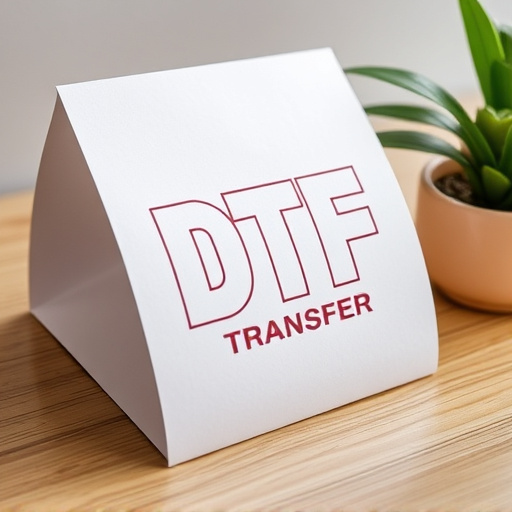Direct-to-Film (DTF) transfers are transforming video preservation by directly converting digital sources to film stock, offering unparalleled quality and durability. Local businesses specializing in DTF transfers benefit customers looking to convert vintage home videos, old movies, or rare footage into physical films on formats like 35mm. Choosing local providers offers swift service, supports community ties, and ensures optimal navigation of unique challenges. Researching through recommendations, online platforms, and social media presence is crucial. The meticulous DTF process involves detailing requirements, quality checks, specialized equipment, and secure packaging. Key factors influencing cost and turnaround time include project complexity, video size, provider availability, and seasonal demand. Effective communication with specialists ensures clear expectations and successful results for DTF needs.
Looking to preserve your cherished memories on film? Discover the benefits of local direct-to-film (DTF) transfer providers. This innovative process offers a modern alternative to traditional printing, allowing you to transform digital footage into physical films. From understanding DTF’s fundamentals to choosing reliable services and effective communication tips, this guide covers everything you need to know about seamless local DTF transfers. Enhance your film collection today!
- Understanding Direct-to-Film (DTF) Transfers: A Brief Overview
- Benefits of Choosing Local DTF Transfer Providers
- Identifying Reliable Local DTF Transfer Services
- The Process: From Customer Request to Final Delivery
- Factors Affecting Pricing and Turnaround Time
- Tips for Effective Communication with Local DTF Specialists
Understanding Direct-to-Film (DTF) Transfers: A Brief Overview

Direct-to-Film (DTF) transfers are a cutting-edge method revolutionizing the way we capture and preserve video content. This innovative process eliminates traditional intermediate steps, allowing for the direct transfer of footage from digital sources to film stock. By bypassing formats like tape or digital files, DTF offers unparalleled quality and authenticity in final prints.
This technology is especially beneficial for local businesses and customers seeking high-quality film transfers. It provides an opportunity to transform vintage home videos, old movies, or rare footage into beautiful, durable physical films. With the help of specialized providers, customers can enjoy their cherished memories on 35mm or even larger formats, ensuring a rich cinematic experience that transcends digital displays.
Benefits of Choosing Local DTF Transfer Providers

Choosing local direct-to-film (DTF) transfer providers offers a host of advantages for customers. Firstly, it ensures quick and efficient service since local providers have shorter travel times and can often complete transfers promptly. This is particularly beneficial for urgent or time-sensitive film projects, allowing you to avoid potential delays that could impact your production timeline.
Additionally, supporting local businesses fosters a strong community connection. Local DTF transfer providers are invested in their community’s success and often employ individuals from the area, contributing to job creation and economic growth. Their deep knowledge of the local landscape also means they can navigate any unique challenges or regulations specific to the region, providing a seamless experience throughout the entire process.
Identifying Reliable Local DTF Transfer Services
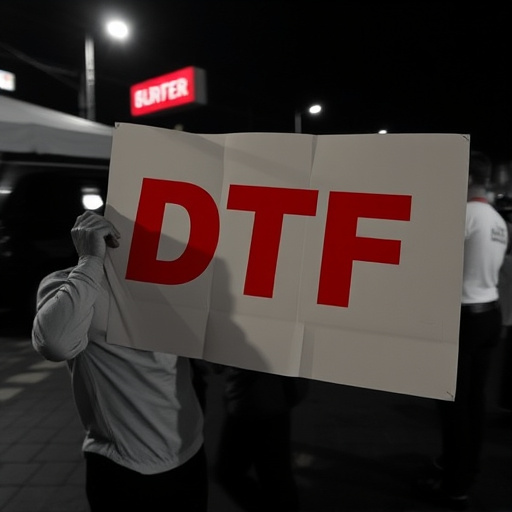
When looking for reliable local Direct-to-Film (DTF) transfer services, it’s essential to conduct thorough research and consider several factors. Start by asking for recommendations from friends or family who have recently used such services. Online reviews are also invaluable; checking platforms like Google My Business, Yelp, or specialized review sites can provide insights into the quality of service, customer satisfaction, and any potential red flags.
Verify the provider’s credentials and experience in the industry. Look for businesses that offer transparent pricing structures, ensuring you understand all associated costs before committing. Reputable DTF transfer services will often have a strong social media presence, showcasing their work and client testimonials. This visual aspect can give you a good indication of their capabilities and attention to detail, which are crucial when preserving cherished memories on film.
The Process: From Customer Request to Final Delivery

When a customer decides to utilize local direct-to-film (DTF) transfer services, the process begins with their initial request. This often involves contacting the service provider directly or filling out an online form detailing their requirements, including the type of media to be transferred, desired format, and any special instructions. The provider then assesses the project’s scope and provides a quote, ensuring transparency in pricing and timelines. Upon acceptance, the customer submits their source material, which undergoes thorough quality checks to guarantee optimal results.
The actual DTF transfer process involves specialized equipment and expertise. Trained professionals handle the conversion, focusing on preserving original quality while adapting the content for the chosen output format. This could include upscaling resolution, converting codecs, or enhancing audio-visual elements. Once complete, the finished product is carefully packaged and prepared for delivery, ensuring it reaches the customer in a timely manner.
Factors Affecting Pricing and Turnaround Time
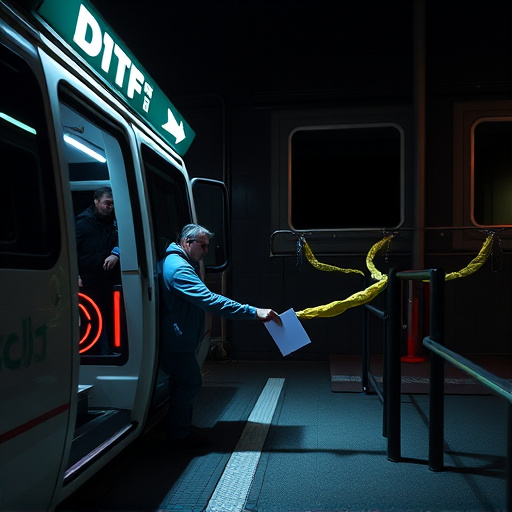
Several factors significantly influence Direct-to-Film (DTF) transfer pricing and turnaround time, which can vary among local providers. Firstly, the complexity of the project plays a pivotal role; intricate films with specialized effects or unique formats may incur higher costs and longer processing times. The size and resolution of the footage are also critical considerations, as larger files require more storage space and processing power, impacting both pricing and turnaround duration.
Additionally, the availability and workload of the DTF transfer service providers can affect pricing and turnaround time. During peak seasons or when a provider has a heavy workload, waiting times may increase due to limited resources. Conversely, off-peak periods might offer more competitive pricing as demand is lower. Local competition among DTF transfer services can also drive prices down and encourage faster turnaround times to attract customers.
Tips for Effective Communication with Local DTF Specialists
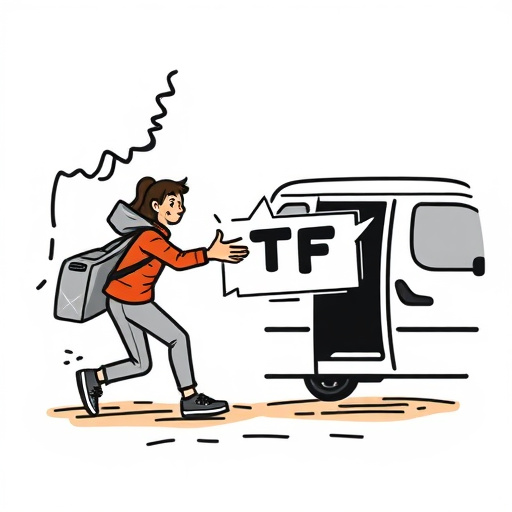
When communicating with local direct-to-film (DTF) transfer specialists, clarity and specificity are key. Begin by clearly stating your needs – whether it’s transferring old home movies to a digital format or converting vintage photographs to modern media. Ask about their process, the types of files they support (e.g., MPEG, AVI), and quality standards for both input and output.
Don’t hesitate to inquire about experience with similar projects and their handling of delicate materials. Ensure they have secure backup protocols in place to safeguard your cherished memories. Regularly update them on any specific requirements or preferences you may have regarding color correction, frame rate, or desired digital format. Effective two-way communication will ensure a smoother transfer process and the best possible outcome for your DTF needs.

